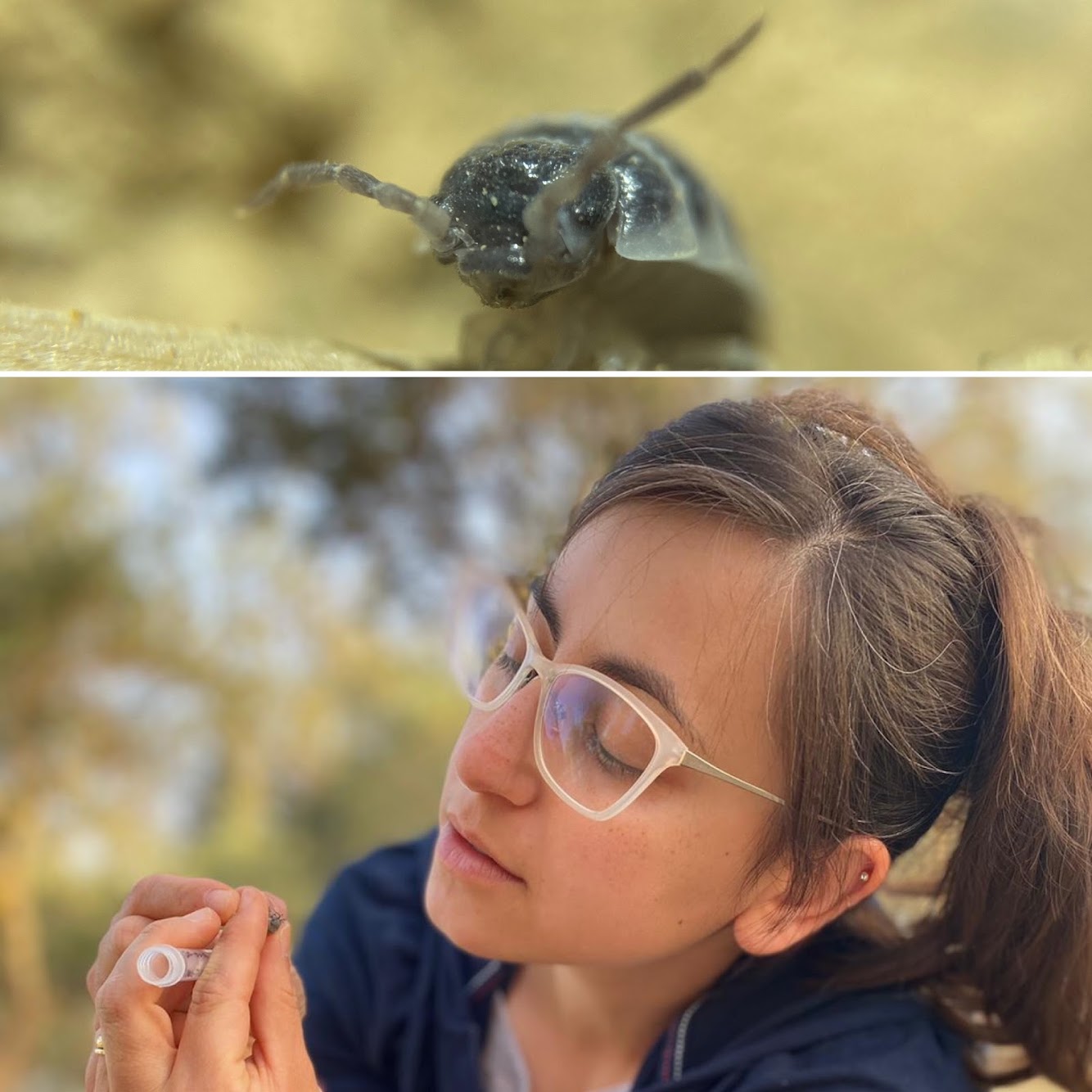Systematics, Evolution, and Biodiversity
Poster
SysEB: Morphology and Behavior
D3449: Mapping the parental isopod brain
Wednesday, November 16, 2022
9:00 AM - 2:00 PM PT
Location: West Exhibit Hall A

Karmi L. Oxman
PhD Candidate
Drexel University
Philadelphia, Pennsylvania
Presenting Author(s)
Families are the basic units of most animal societies, but instances of pair-based collaborative parental care are rare. Male and female birds and fish in biparental care systems exhibit differing amounts of plasticity in care behavior in response to changes in brood size and presence or absence of a partner. Plasticity allows brains to change to accommodate the cognitive requirements of new behaviors throughout an individual animal’s life. Parental care in fish, rodents, and primates (humans) leads to changes in brain structure and function. Changes in brain structure can occur on a relatively short time scale or throughout a lifetime. We asked whether similar patterns in neural and behavioral plasticity hold in arthropods.
Hemilepistus reaumuri is a land-dwelling isopod that exhibits bi-parental care and family burrowing, making it a good model system to study bi-parental care in an arthropod. H. reaumuri adapted a monogamous and cooperative burrowing lifestyle to provide thermal security in the extreme climate of the Negev Desert of Israel.
In this study we quantified behavioral effort and associated brain tissue investment in H. reaumuri under different social environments, paired and unpaired parents with different clutch sizes were observed. Immunohistochemistry techniques were used to describe the brains of these isopods before and after the offspring care season. This study is the first behavior coupled quantification of isopod brains at more than one time-point throughout development.
Hemilepistus reaumuri is a land-dwelling isopod that exhibits bi-parental care and family burrowing, making it a good model system to study bi-parental care in an arthropod. H. reaumuri adapted a monogamous and cooperative burrowing lifestyle to provide thermal security in the extreme climate of the Negev Desert of Israel.
In this study we quantified behavioral effort and associated brain tissue investment in H. reaumuri under different social environments, paired and unpaired parents with different clutch sizes were observed. Immunohistochemistry techniques were used to describe the brains of these isopods before and after the offspring care season. This study is the first behavior coupled quantification of isopod brains at more than one time-point throughout development.


